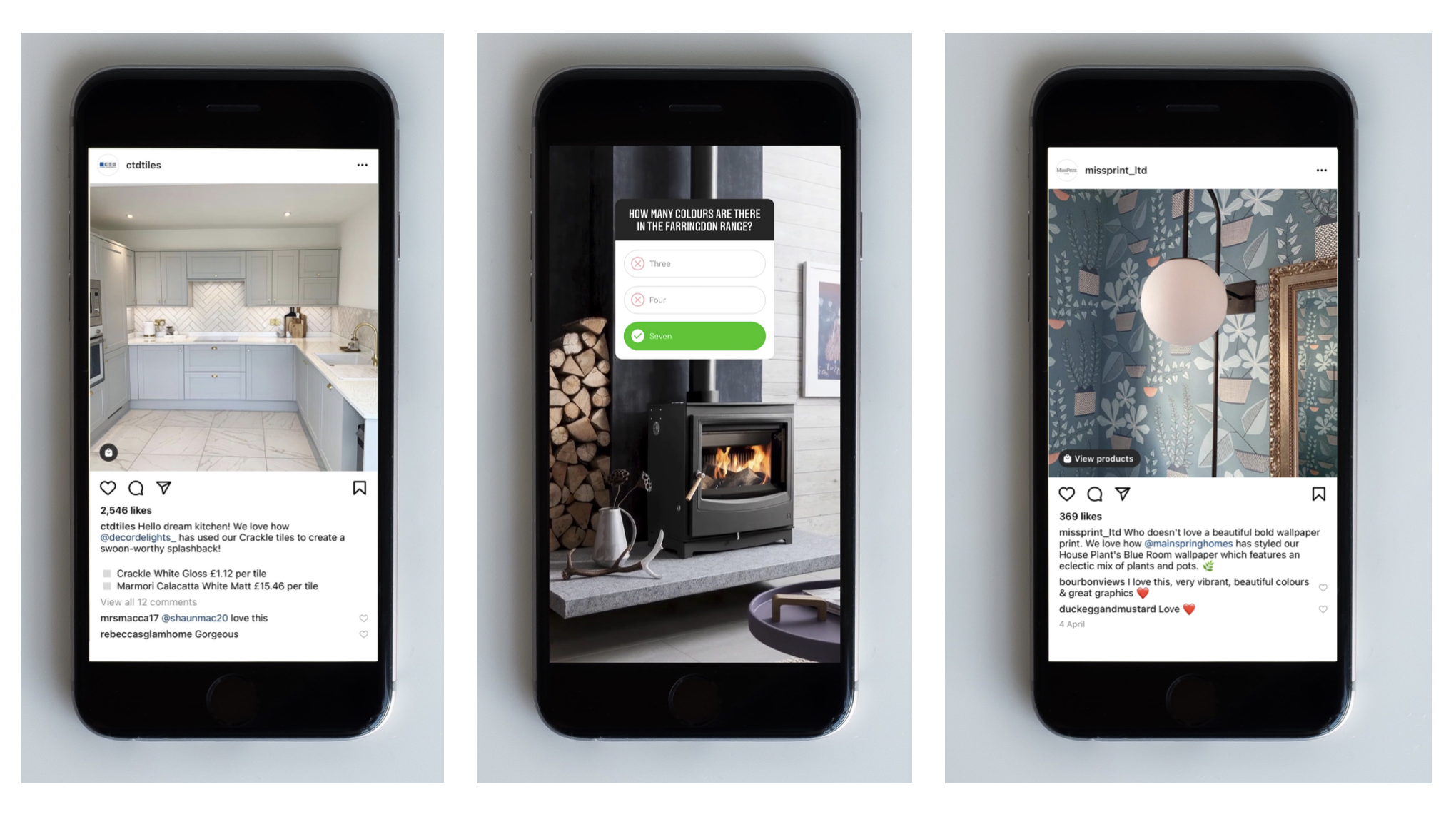From ‘me-centric’ to ‘we-centric’ – The power of the personal

One of the few industries to thrive throughout the pandemic, the e-commerce sector grew much faster than anticipated, with 2020 shouldering a decade’s worth of behaviour change. The pandemic saw a shift in consumer behaviour with four in five consumers worldwide purchasing goods online in 2020.
This increase in digital shopping has meant that social media platforms are more powerful than ever before. From 2019-2021 the global digital population grew by 17.3% to 4.66 billion active users worldwide. With this increase in active users, how you portray your business is more important than ever before.

The rise of authentic content
Gone are the days of polished content. Instead, we’ve seen a real increase in the positive response to authentic content. Consumers are more interested in ‘we-centric’ messaging rather than ‘me-centric’; by this we mean they are more keen on seeing less influencer and ‘ad’ content, and more genuine customer content. By increasing your authentic content, customers are more inclined to trust your brand and what you’re selling.
Create shareable, interactive content
A recent study has shown that 75% of people would be receptive to brand participation. People like to feel like they matter, and so creating interactive content, such as polls, that value their vote will make them feel involved. This is a great way to drive engagement and increase click-throughs whilst also providing more opportunities to educate your audience about who you are.
Perfect your tone of voice
Your customers are humans, not robots, and so you should speak to them as such. Your tone of voice needs to be honest, real and take a human tone. Talk about the latest hit TV series, the weather… anything, just get your audience talking! What’s more, if you create a writing style and stick with it, your audience will begin to recognise it and associate it with your brand.
Introduce subculture content
What’s a subculture we hear you asking? Essentially, a subculture is a subset of an overall culture – a group of like-minded people with similar interests, beliefs or values. It’s important to find out what your brand’s subcultures are and then tap into them. So, for example, if you owned a kids clothing company, one of your subcultures could be mums with pre-school children, therefore you would want to create content that speaks specifically to this subculture. It’s essentially all about optimising your content for a specific audience in the hope it will result in deeper engagement.
If you need help rethinking your social strategy or would like to know more, get in touch with us today.











